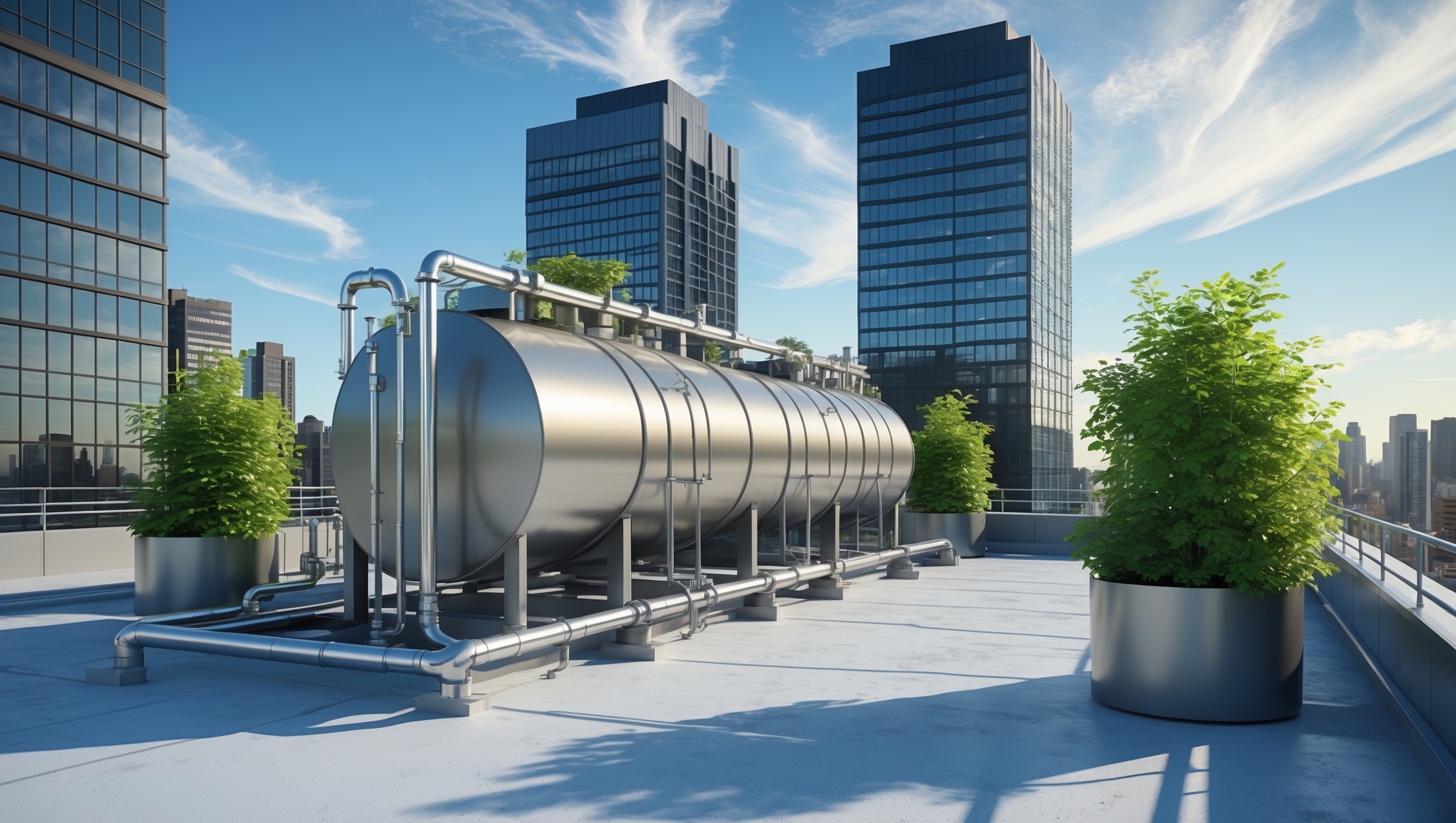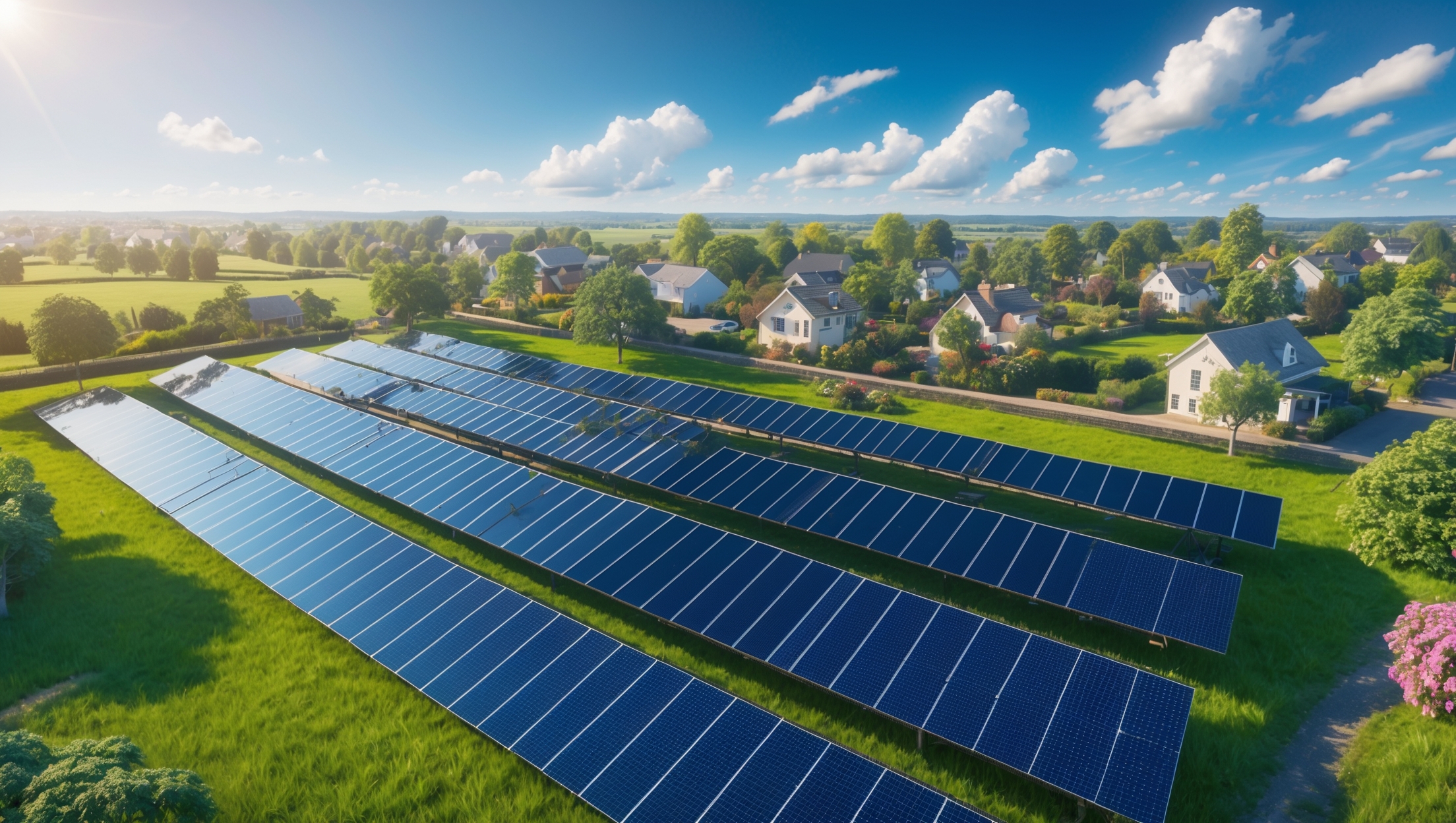Introduction: The Overlooked Risk in Urban Rainwater Harvesting
Urban sustainability enthusiasts are transforming city rooftops into eco-friendly rainwater harvesting systems, reclaiming precious water for gardens, cleaning, and even household use. These DIY rooftop installations blend green technology with resourcefulness, but all too often, homeowners overlook a crucial component—insurance. While the allure of lower water bills, increased self-sufficiency, and environmental stewardship is strong, urban settings present unique risks that can jeopardize not just your investment, but also personal liability and property safety. Leaks, structural failures, water quality mishaps, and even accidental property damage to neighbors are real possibilities. Yet, insurance for rainwater harvesting systems remains a gray area, with coverage varying widely by provider, region, and system design.
This comprehensive guide explores the insurance essentials for DIY urban rooftop rainwater harvesting systems. We’ll demystify coverage types, clarify what insurers look for, explain common exclusions, and offer practical steps to ensure your project is both sustainable and secure. Whether you’re collecting rain for a small garden or integrating a full-scale greywater supplement, understanding insurance is as vital as any tool in your kit. Let’s safeguard your green investment—starting now.
Understanding the Risks: Why Insurance Matters
Property Damage
Rooftop rainwater harvesting systems can add significant weight, redirect water flow, and introduce new points of failure in a building’s envelope. Improper installation or maintenance may lead to:
- Water Leaks: Water seeping into the building structure, causing mold, rot, and interior damage.
- Structural Issues: Excessive tank weight or poorly supported infrastructure can compromise roof integrity.
- Overflow and Drainage Failures: Overflowing tanks or blocked drains can result in water damage to your property and adjacent buildings.
Liability Concerns
Urban settings often mean shared walls, close neighbors, and strict municipal regulations. Liability risks include:
- Third-Party Damage: Water spills or runoff affecting neighboring properties or public spaces.
- Injury: Maintenance mishaps leading to falls or injuries, especially if others access the rooftop.
System-Specific Risks
Rainwater harvesting brings additional challenges:
- Contamination: Cross-connection with potable water, improper filtration, or stagnant water may pose health risks.
- Equipment Failure: Burst pipes, failed pumps, or tank ruptures can cause sudden and extensive damage.
Types of Insurance Coverage to Consider
Homeowners Insurance
Most standard homeowners policies cover sudden and accidental water damage—such as from burst pipes—but typically exclude damage due to poor maintenance or unapproved modifications. Adding a rooftop rainwater system may be considered a material change, potentially affecting your policy’s validity or coverage limits.
- Additions and Alterations: Inform your insurer of any rooftop installations. Some providers require approval or inspection.
- Named Perils vs. All-Risk: Understand if your policy is ‘named perils’ (specific causes) or ‘all-risk’ (broader coverage). Rainwater harvesting systems can sometimes fall into gray areas.
- Personal Property: Pipes, tanks, and pumps may be covered under building or personal property, depending on installation method.
Liability Insurance
Personal liability protects you if your system causes harm to others or their property. Some policies may exclude incidents related to non-permitted or non-professional installations. Review your policy’s exclusions and consider an umbrella policy if risks are substantial.
Equipment Breakdown Coverage
This optional add-on covers mechanical failures of pumps, filtration units, and other system components beyond normal wear and tear. It’s particularly useful for automated or high-value setups.
Flood and Water Backup Coverage
Standard homeowners insurance rarely covers flood damage or water backup from drains or sewers. If your rainwater system is integrated with stormwater management, evaluate the need for separate flood or backup coverage.
What Insurers Look For: Documentation and Compliance
System Design and Installation Quality
Insurers prefer professionally designed and installed systems, but many DIY projects can still qualify for coverage if they meet these criteria:
- Engineering Sign-Off: Structural calculations or a letter from an engineer attesting to load-bearing safety.
- Permits: Proof of municipal approval, permits, or compliance with local building codes.
- Detailed Schematics: Diagrams showing tank placement, drainage, overflow, backflow prevention, and shut-off valves.
Ongoing Maintenance Records
Document all inspections, maintenance, and repairs. Insurers may deny claims arising from neglect or lack of maintenance. A digital logbook with dated photos, receipts, and service notes can be invaluable.
Safety Features
- Overflow Protection: Demonstrate that excess water is safely directed away from structures.
- Backflow Prevention: Essential if your system connects to potable plumbing.
- Tank Anchoring: Rooftop tanks should be properly secured to withstand wind and seismic activity.
Common Exclusions and Pitfalls
Unpermitted Installations
Unapproved installations are a red flag for insurers. If your rainwater system lacks required permits, your claim may be denied—even if the issue is unrelated to the system itself.
Poor Maintenance
Neglected systems are a common exclusion. Insurers expect regular cleaning of gutters, filters, and tanks, and prompt repairs to leaks or corrosion.
Water Quality Issues
Most policies won’t cover illness or damage due to water contamination unless caused by a covered peril. If you use harvested rainwater indoors, some insurers may require additional safeguards or testing.
Acts of Nature and Wear
Gradual wear, rust, or damage from earthquakes and floods may be excluded unless you purchase specific riders. Clarify what is and isn’t covered for your location and system type.
How to Get the Right Insurance for Your Rooftop Rainwater System
Step 1: Notify Your Insurer Before Installation
Contact your insurance provider before you begin. Provide a detailed description, including:
- System capacity (tank volume, anticipated weight)
- Materials used (tank type, piping, mounting hardware)
- Intended use (irrigation only, indoor plumbing integration, etc.)
- Relevant permits or engineering reports
Step 2: Shop Around for Specialized Coverage
Some insurers have eco-upgrade endorsements or green home policies that cater to sustainable features. Compare:
- Coverage limits for add-ons and rooftop installations
- Exclusions related to water systems
- Premium adjustments for green features (some offer discounts)
Step 3: Document Everything
Take photos during and after installation. Keep receipts, manuals, permit documents, and communications with professionals or authorities. Update your home inventory to reflect the new system.
Step 4: Schedule Regular Inspections
Have your system inspected annually—by a professional if possible—and document all findings and maintenance. This can help demonstrate due diligence if a claim arises.
Step 5: Revisit Your Policy After Upgrades
If you expand your system or integrate new equipment (such as smart controls or larger tanks), update your insurer and adjust your policy as needed.
Risk Reduction Strategies to Lower Insurance Costs
Choose Quality Materials and Components
Use certified tanks, corrosion-resistant hardware, and food-grade piping. These minimize the risk of leaks, failures, and contamination.
Engineer for Safety
- Calculate roof load and reinforce as needed
- Install anti-tip brackets and seismic restraints
- Ensure overflow drains are clear and directed away from structures
Layered Water Protection
Install first-flush diverters, leaf screens, and regular filtration to maintain water quality and reduce system clogging.
Install Smart Monitoring
Smart sensors for leak detection, tank level, and overflow alarms can help you catch problems early and may reduce premiums with some insurers.
Maintain Clear Access and Signage
Ensure rooftop access is safe and limited to authorized individuals. Use visible markings for emergency shut-offs and drainage points.
Insurance Claim Scenarios: What to Expect
Scenario 1: Tank Leak Causing Ceiling Damage
If your rooftop tank springs a leak and water damages your ceiling, your insurer will investigate:
- Was the system properly permitted and disclosed?
- Was the damage sudden or due to neglect?
- Did you follow recommended maintenance and inspections?
Coverage is more likely if you can demonstrate compliance and maintenance.
Scenario 2: Overflow Damaging Neighbor’s Property
If excess rainwater spills onto an adjacent property and causes damage, your personal liability coverage may respond—unless the system was unpermitted or clearly defective by design. Legal costs and damages could be substantial in dense urban settings.
Scenario 3: Equipment Failure (Pump Burnout)
Standard policies may not cover mechanical breakdowns, but an equipment breakdown rider could pay for repairs or replacement if the failure wasn’t due to improper installation.
Frequently Asked Questions
Will adding a rainwater system increase my insurance premiums?
It may, depending on system size, complexity, and insurer policies. However, some insurers offer discounts for green upgrades that lower overall risk or improve property value.
What if I rent my home or live in a condo?
Always check with your landlord or HOA first. Insurance requirements may differ, and you may need separate coverage for personal property or liability.
Does insurance cover water quality issues?
Generally, no—unless caused by a covered peril. Most policies exclude gradual contamination or neglect. If you supply rainwater for indoor use, consider additional safeguards and regular water testing.
Is DIY installation always a problem for insurers?
Not always, but DIY systems must comply with codes, be well documented, and pass inspections if required. Professional consultation can streamline the process and reduce coverage disputes.
Conclusion: Secure Your Rooftop Harvest—And Your Peace of Mind
Embracing rooftop rainwater harvesting in the city is a bold step toward sustainable living, but it comes with responsibilities that extend beyond plumbing and gardening. Proper insurance isn’t just a bureaucratic hurdle—it’s a vital safety net that preserves the benefits of your investment and shields you from unexpected liabilities. With urban rooftops more exposed to risk and scrutiny, taking a proactive approach is essential.
Start by understanding your system’s specific risk profile. Communicate openly with your insurer, document thoroughly, and prioritize compliance at every stage—from planning to installation and ongoing maintenance. Invest in quality materials, smart monitoring, and regular inspections to prevent accidents before they happen. Finally, view insurance as a dynamic process: revisit your policy after upgrades, and stay informed about evolving local regulations and available green endorsements.
The peace of mind that comes from knowing your rooftop rainwater system is protected allows you to focus on what truly matters—making your urban home more resilient, resourceful, and environmentally friendly. With the right coverage in place, your green roof isn’t just a symbol of sustainability—it’s a model of responsible, forward-thinking city living.





I didn’t realize insurance could be so complicated for DIY rainwater harvesting. If I’m planning to install a small rooftop system just for watering my balcony garden, do I still need special coverage, or would my regular homeowners policy be enough?
If your rainwater harvesting system is small and only used for watering your balcony garden, your regular homeowners policy might provide enough coverage, especially if the installation doesn’t alter the structure or pose additional risks. However, it’s a good idea to check with your insurer to confirm, as coverage can vary, and some policies may exclude damages related to DIY projects or water systems.